Nearing the end of our transportation engineering unit, fourth graders finished testing the Maglev models. Students had to consider the direction of the magnets and the weight of the passengers above. Ultimately, no passengers could escape the train when the Maglev stopped. Safety was their #1 concern as transportation engineers!
|
An engineer's job is never done. Testing and improving a Maglev is hard work. Fourth graders have to think about the dimensions of their train, how to keep their passengers safe, and how to carry more passengers if their train has done so safely. Transportation engineers must think about efficiency, so having more passengers moved safely from one place to another means they have reached their goal!
With our transportation challenge coming to a climax, fourth graders are ready to design, create and test their own Maglev trains! There are three main criteria for the challenge.
1. The Maglev must levitate on the track. 2. The Maglev must carry as many passengers (glass beads) as possible. 3. The passengers must remain safe throughout their journey on the Maglev (no falling out!) Each design is unique and is being tested over and over again! Keep up the great work, fourth grade! Transportation engineers have MANY things to think about when it comes to designing transportation. But two main factors they have to consider are actually getting transportation to move AND making sure that passengers are moved safely!
Using deflating balloons as a force, fourth graders designed transportation devices to sail along a fish line track. While many designs were unsuccessful, the fourth graders' failures are leading them to think about how they will design their own Maglev trains next. They'll be combining their knowledge or magnetism, forces, and safety to carry passengers along a magnetic track! |
Mrs. BrinzaMagnets are really useful. What technologies do you know of that use magnets? Archives |
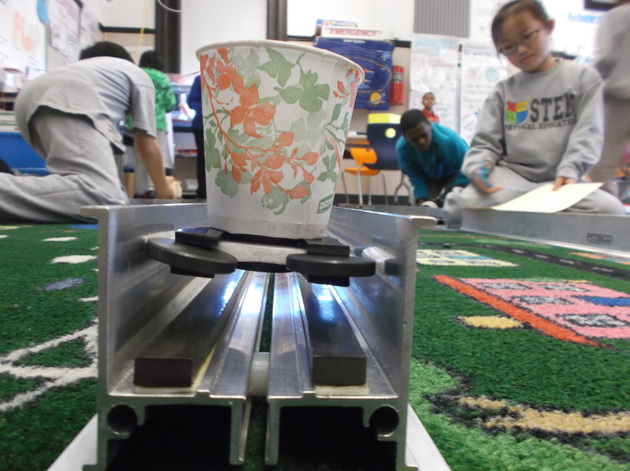
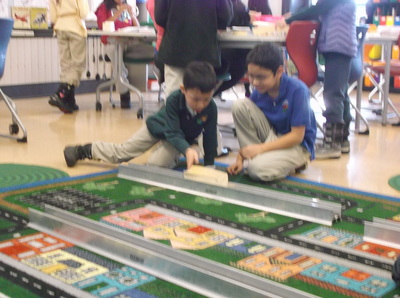
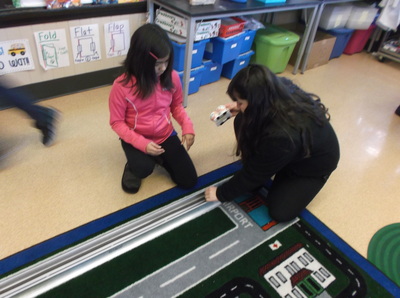
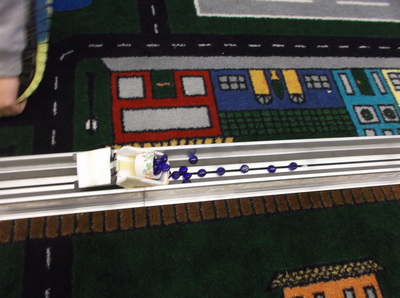
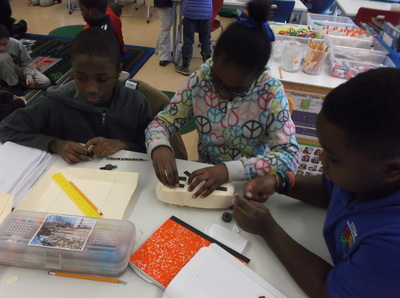
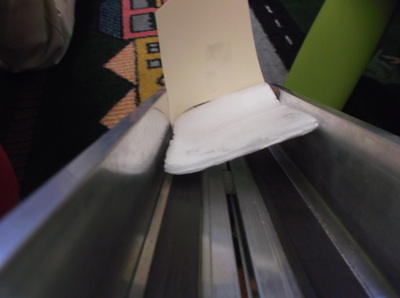
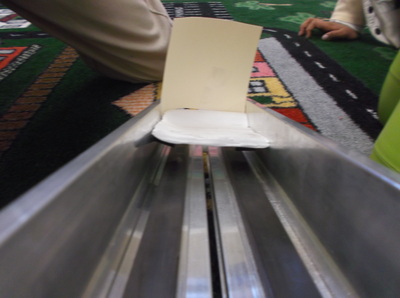
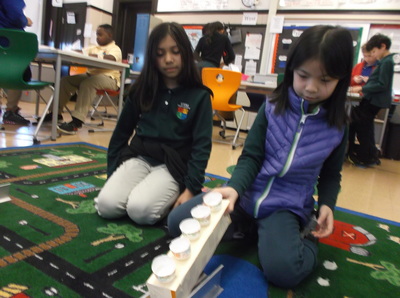
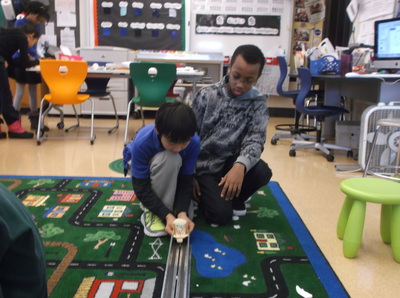
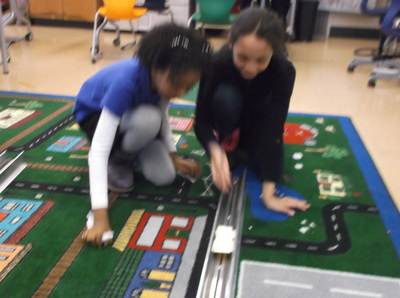
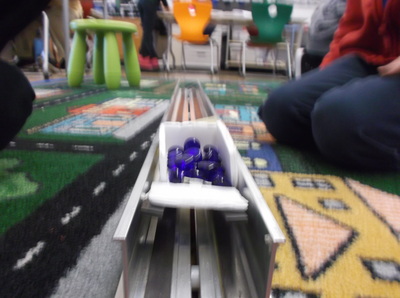
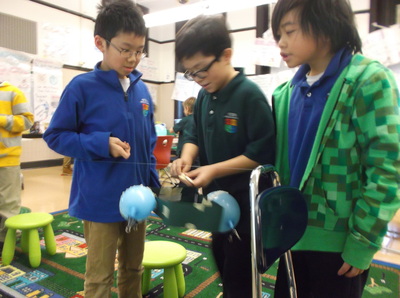
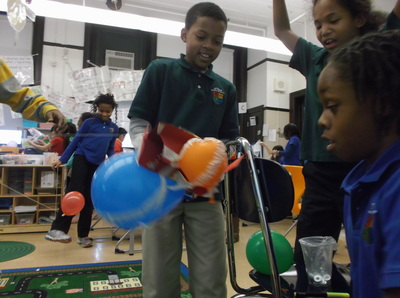
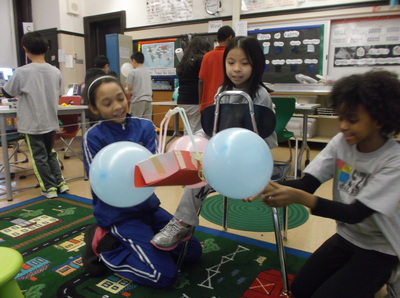
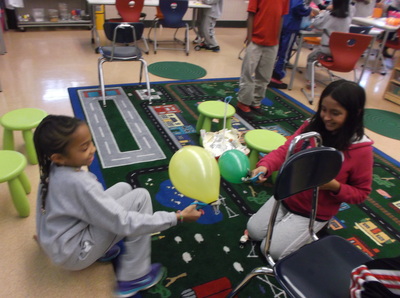
 RSS Feed
RSS Feed